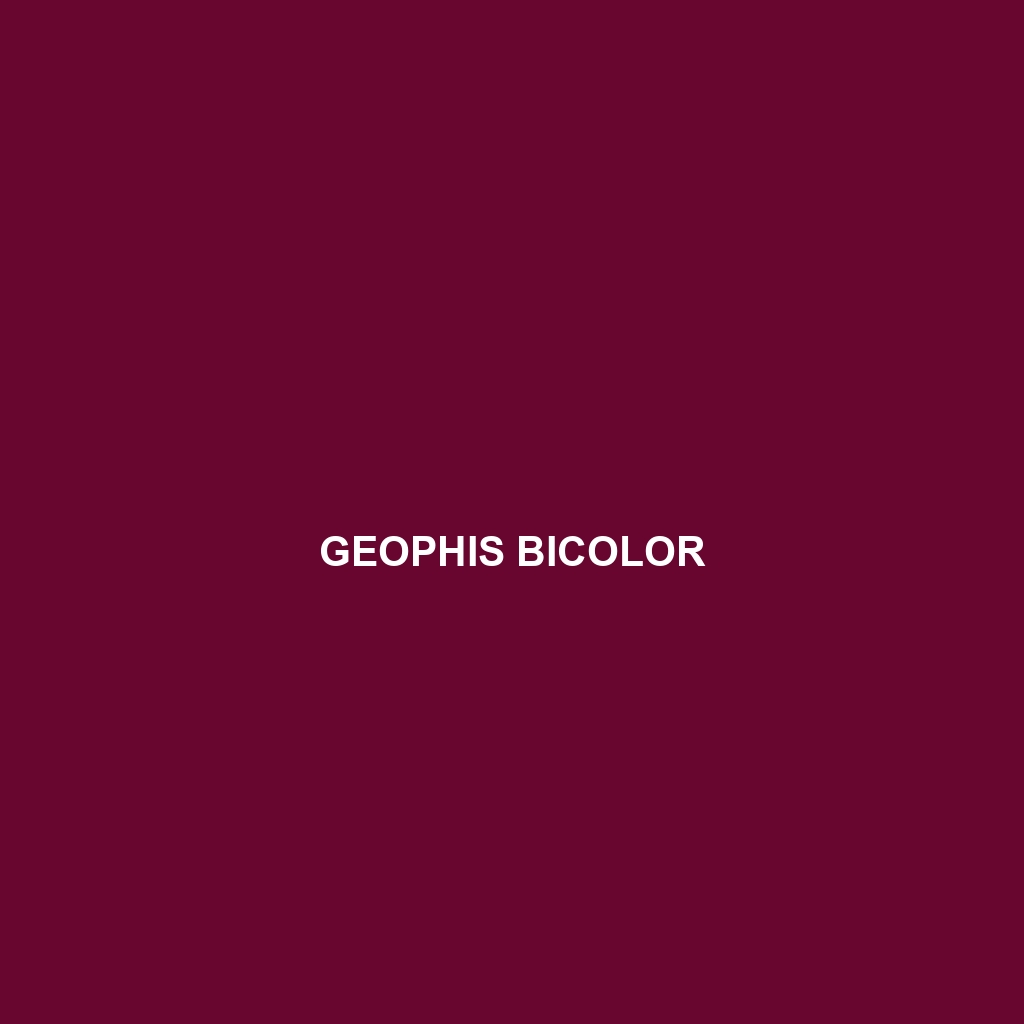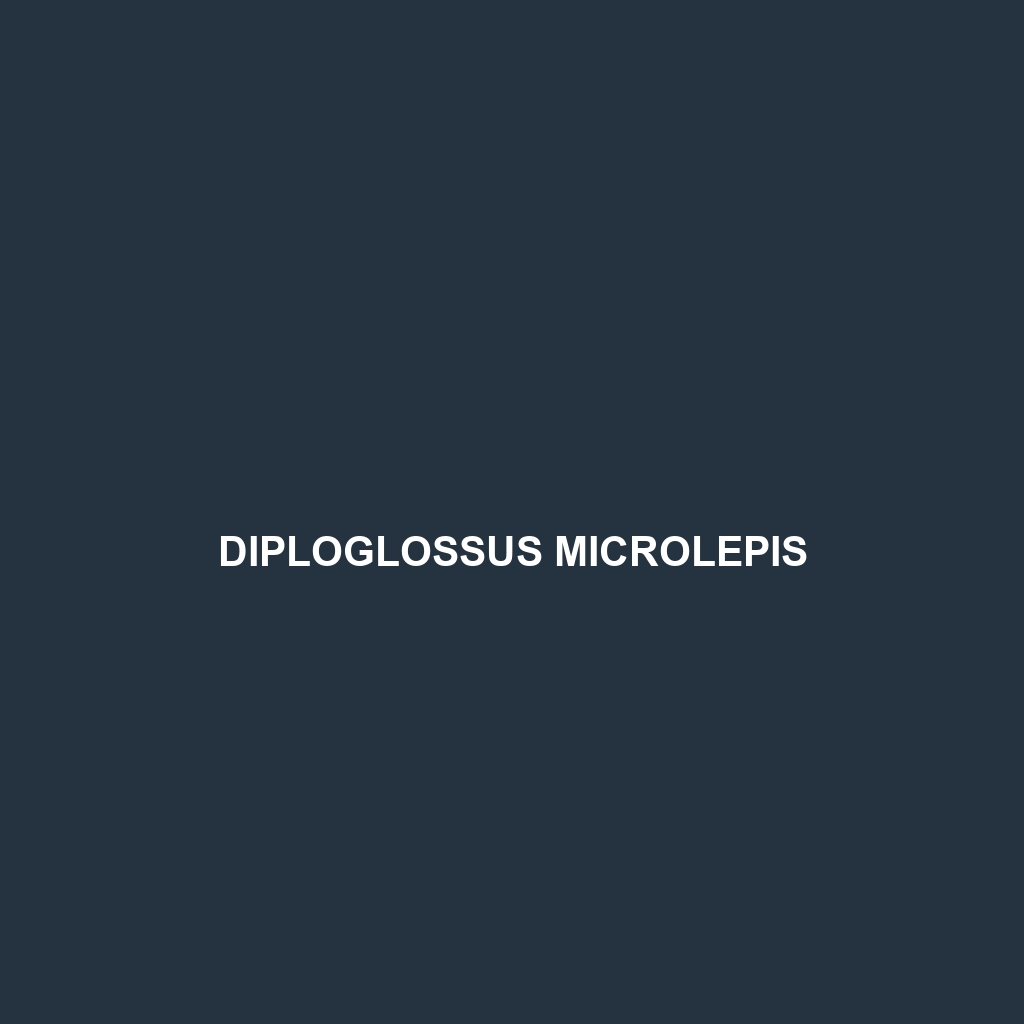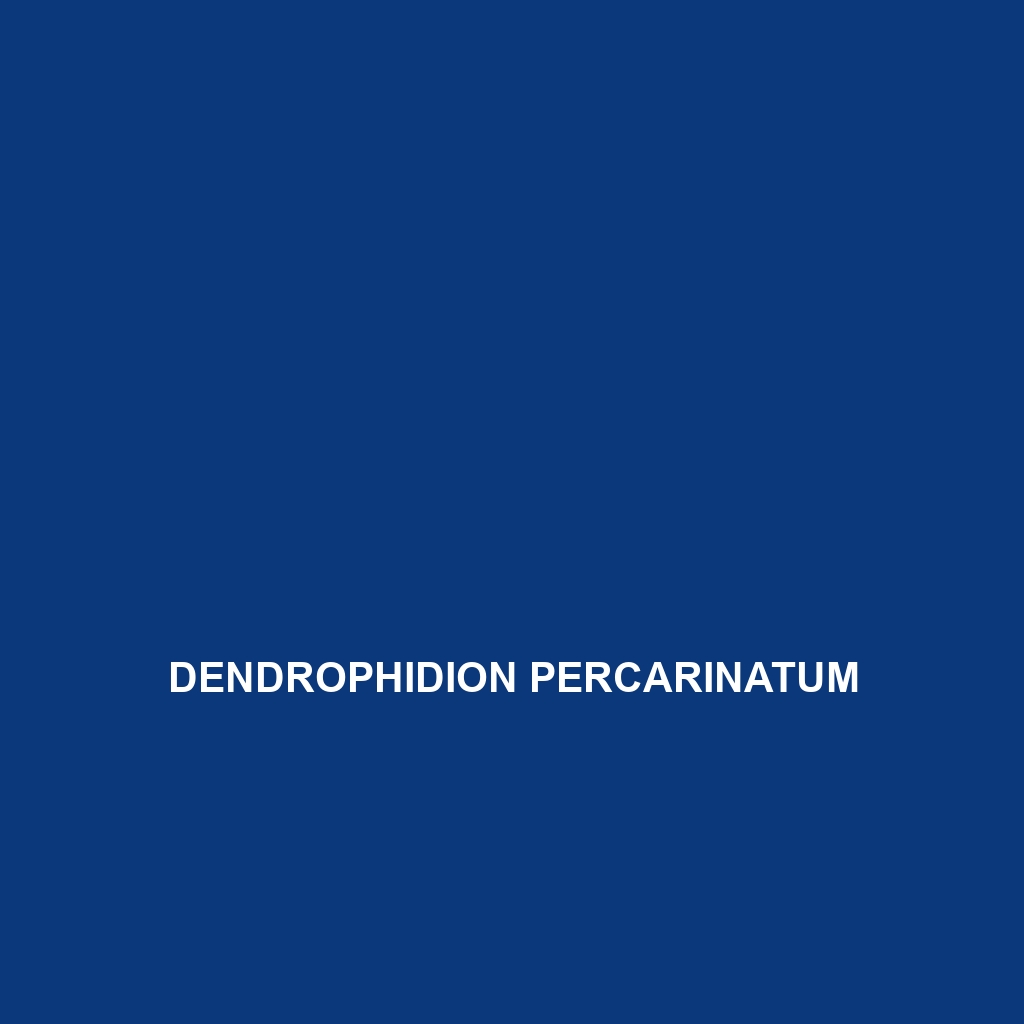Discover the fascinating Lepidophyma inagoi, or Inago's Lepidophyma, a vulnerable nocturnal reptile native to Central America's rainforests, known for its distinctive 20-25 inch robust body, adaptive camouflage, and primarily insectivorous diet, playing a vital role in maintaining ecological balance.
Tag: Panama reptiles
Holcosus orcesi
Holcosus orcesi, commonly known as Orces's Whiptail, is a vibrant, diurnal lizard found in the rainforests of Central America, primarily Costa Rica and Panama. This insectivorous species showcases a slim body, distinctive color adaptations for camouflage, and plays a vital role in its ecosystem by regulating insect populations.
Geophis bicolor
<p><b>Geophis bicolor</b>, commonly found in Central America's tropical rainforests, is a slender, nocturnal snake known for its striking yellow and black banded pattern. As an insectivore, it plays a crucial role in regulating insect populations while thriving in well-draining soils rich in biodiversity.</p>
Epictia fallax
The Epictia fallax, or False Threadsnake, is a small, nocturnal burrowing snake native to Central America's rainforests and savannas, characterized by its slender body, distinctive coloration, and diet primarily consisting of small invertebrates. This species plays a crucial ecological role by contributing to soil health and controlling insect populations.
Dipsas williamsi
<p><b>Dipsas williamsi</b>, or Williams’ Snakelike Snake, is a medium-sized, nocturnal serpent native to the rainforests of Central America, distinguished by its elongated body and iridescent brown-green scales. Thriving in humid, biodiverse environments, it plays a vital role in controlling rodent populations while exhibiting unique behaviors such as ambush hunting and coiling when threatened.</p>
Dipsas gaigeae
Introducing the Dipsas gaigeae, a slender, nocturnal snake native to the tropical rainforests of Costa Rica and Panama, known for its striking olive-green or light brown coloration with darker bands. This vulnerable species primarily feeds on slugs and snails, utilizing its excellent sense of smell to hunt and plays a crucial role in maintaining ecosystem balance.
Diploglossus microlepis
<strong>central American skink</strong> (<i>Diploglossus microlepis), a vulnerable species native to the humid tropical forests of Central America. With its smooth, elongated body reaching 15-20 cm, this burrowing skink plays a vital role in controlling insect populations while exhibiting fascinating regenerative abilities.
Dendrophidion percarinatum
Dendrophidion percarinatum, also known as the False Coral Snake, a non-venomous arboreal species native to Central America's tropical rainforests. With its striking green or brown scale patterns and agility, this predator plays a vital role in its ecosystem, preying on small mammals, birds, and amphibians while adapting to its lush, humid habitat.
Dendrophidion brunneum
Dendrophidion brunneum, or brown tree snake, known for its striking brown and green coloration, agile climbing abilities, and role as a predator of small mammals and birds in tropical Central American forests. This semi-nocturnal species adapts well to various environments, contributing to the ecological balance in its habitat.
Coniophanes longinquus
Discover the Coniophanes longinquus, or long-tailed snake, a slender, nocturnal reptile native to Central America's tropical rainforests, featuring striking brown or olive-green coloration that aids in camouflage. This agile predator primarily feeds on small vertebrates and plays a crucial role in maintaining ecological balance within its habitat.









